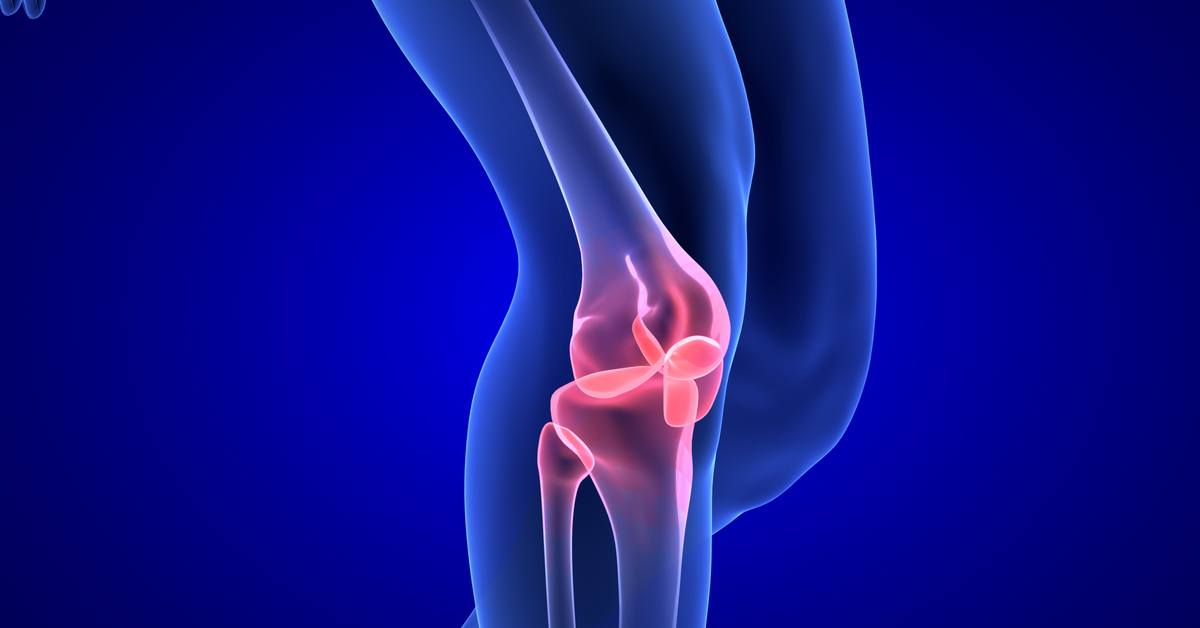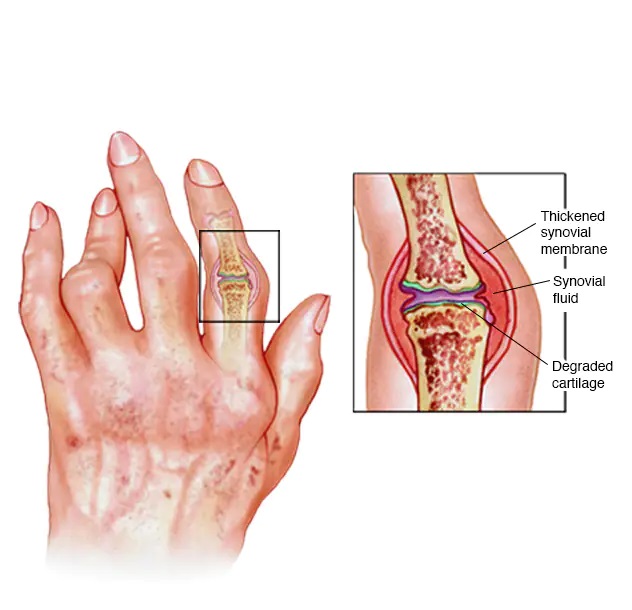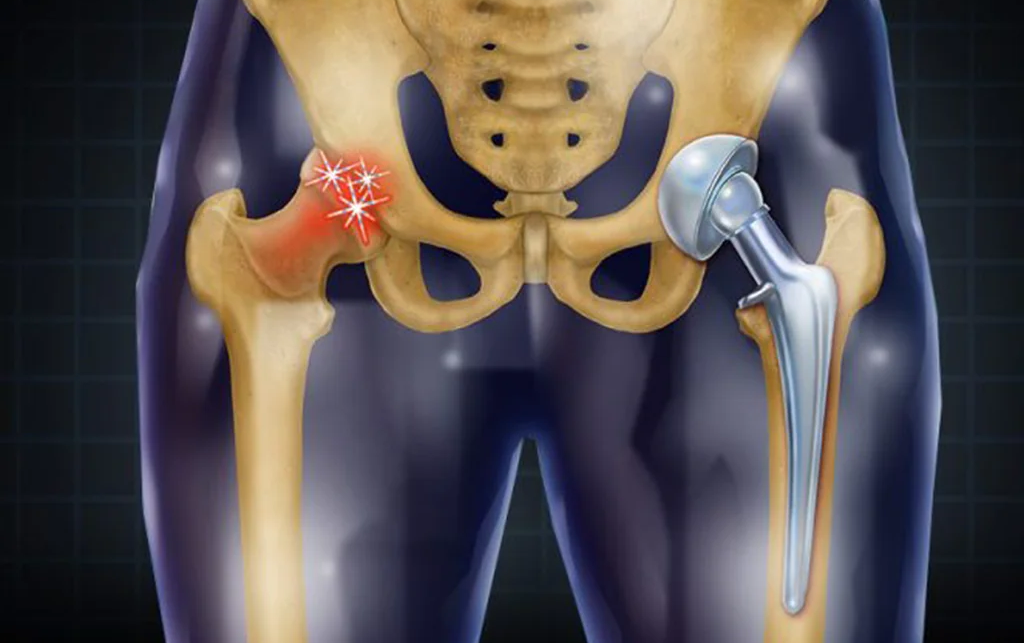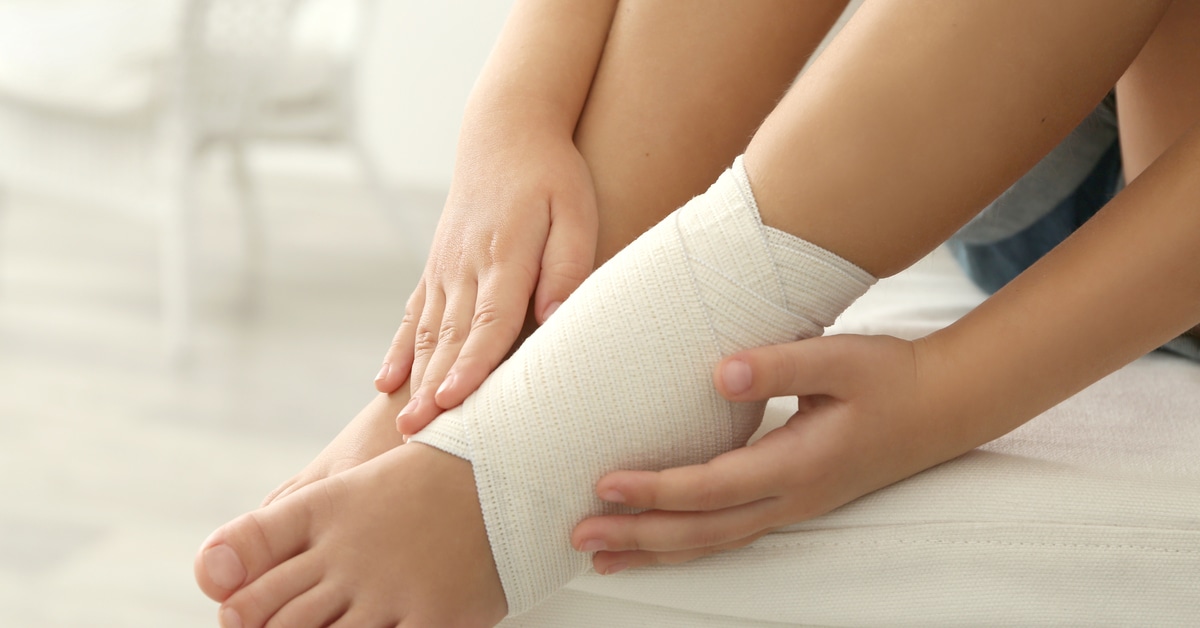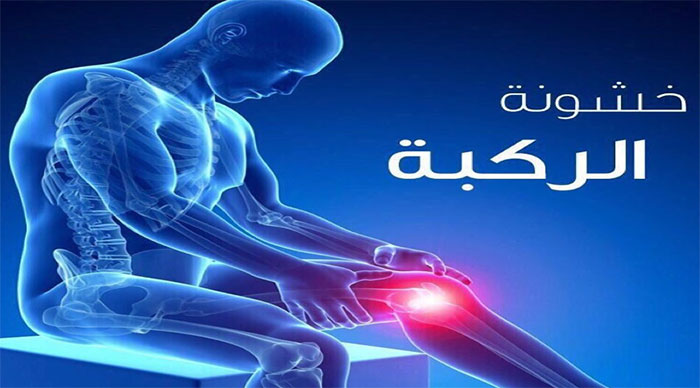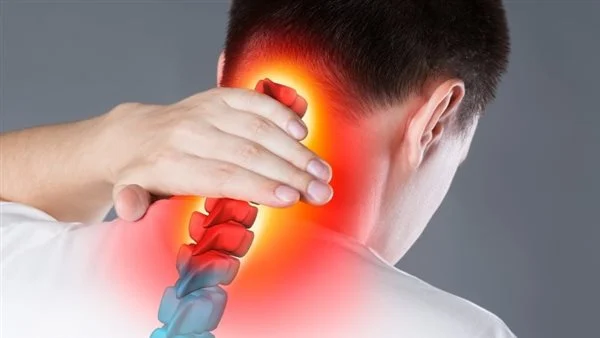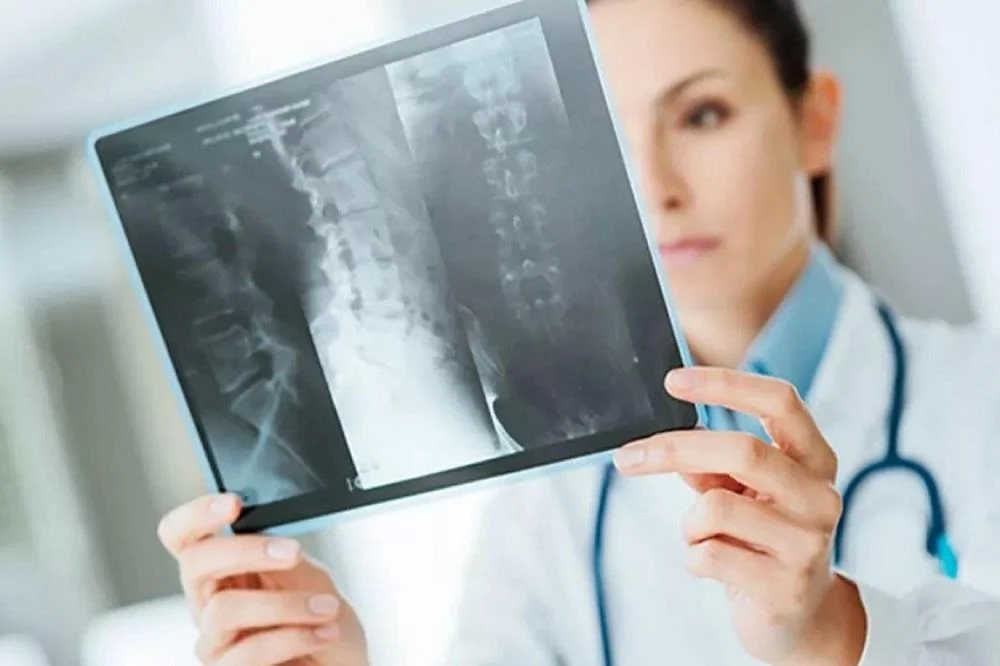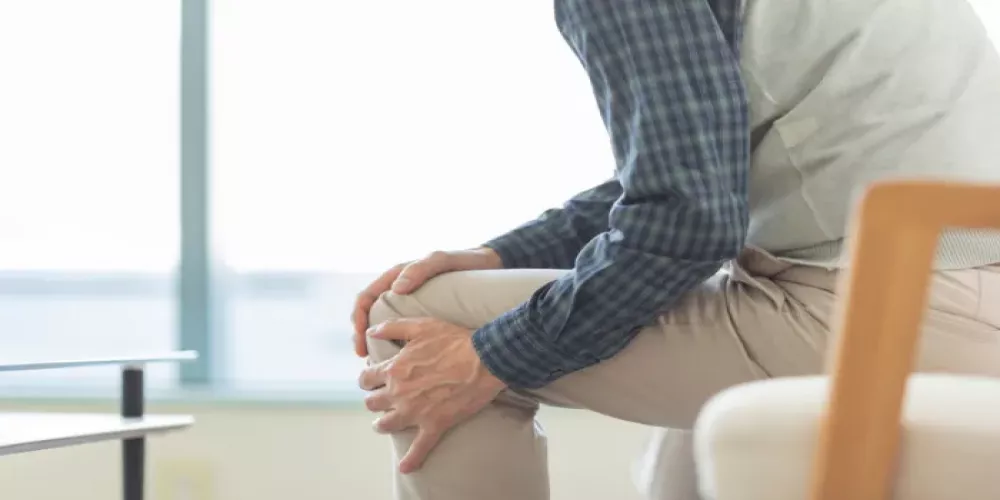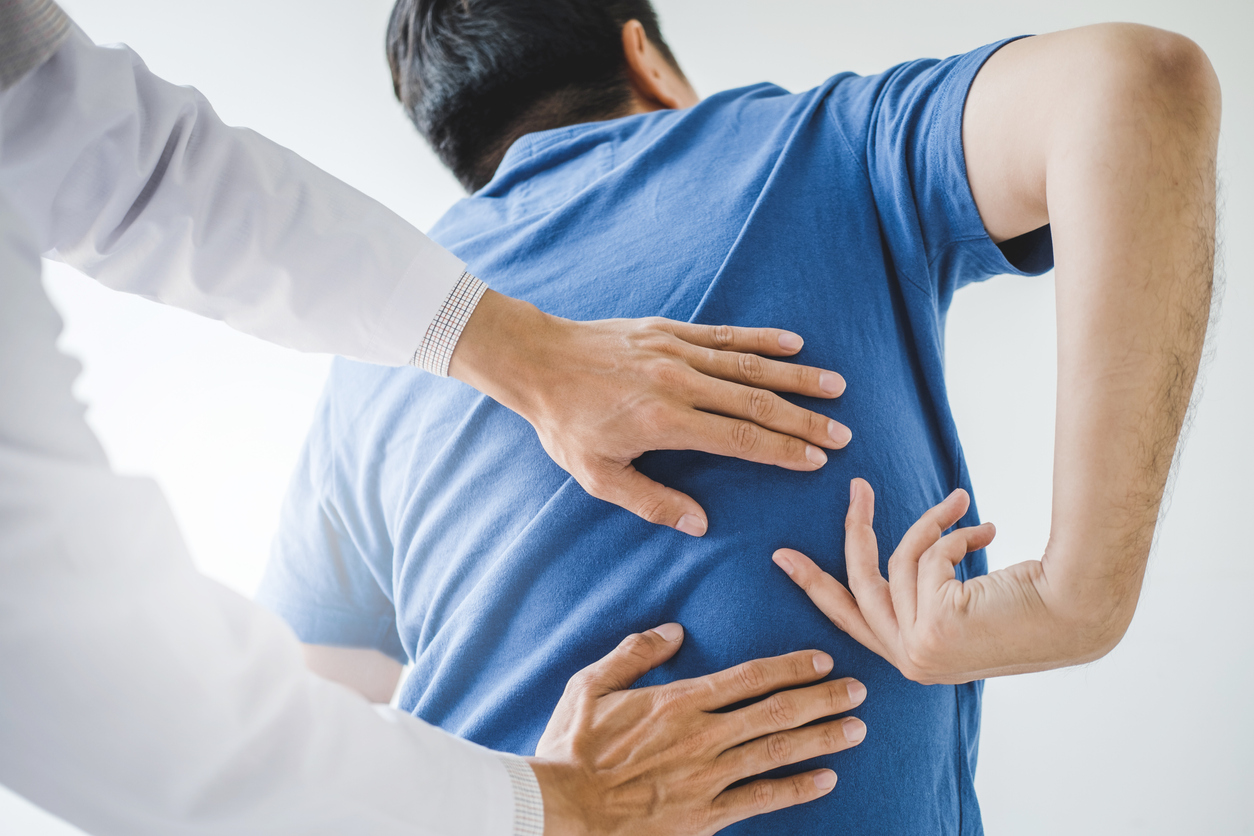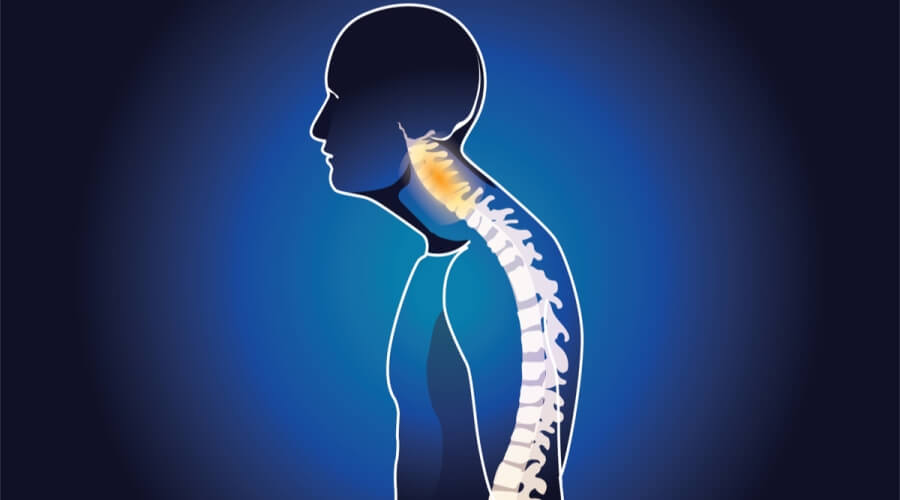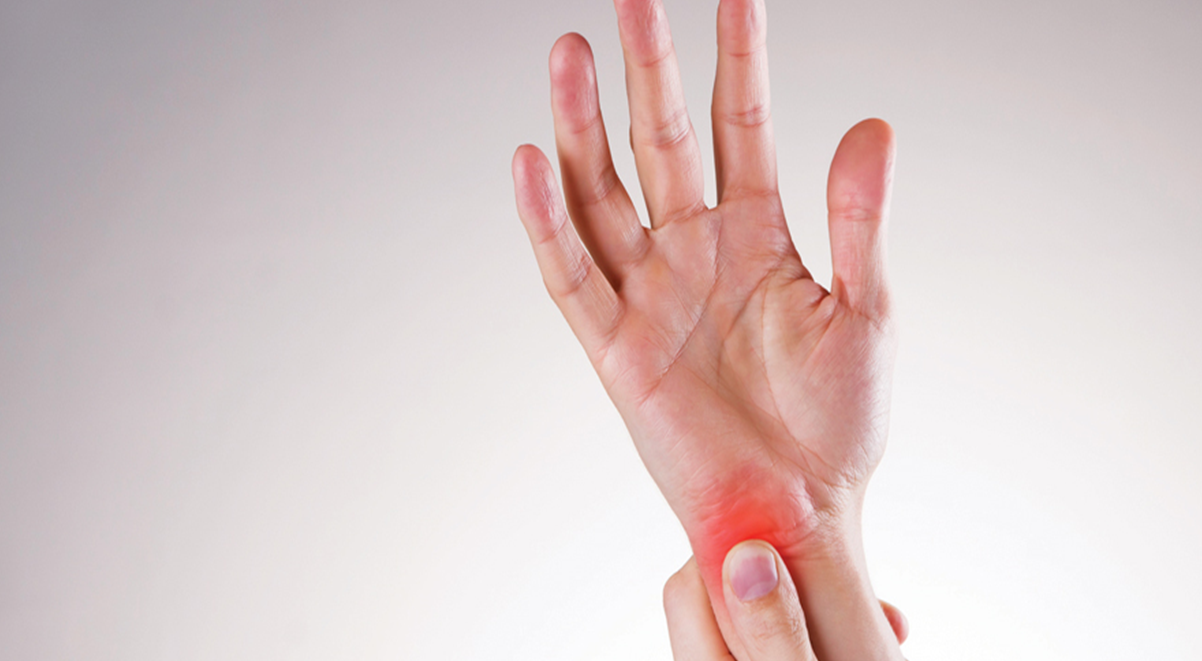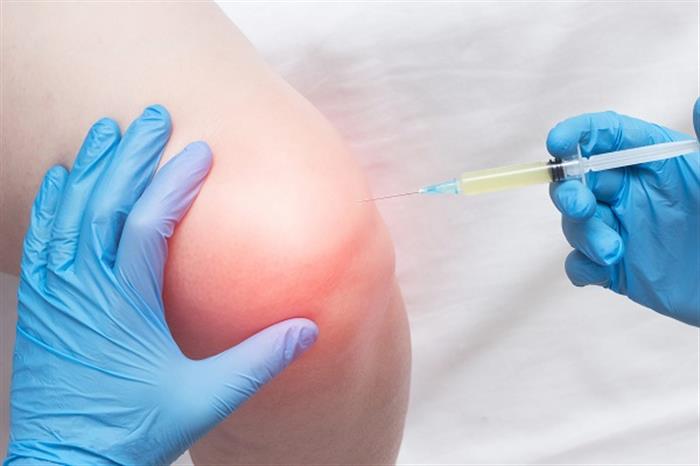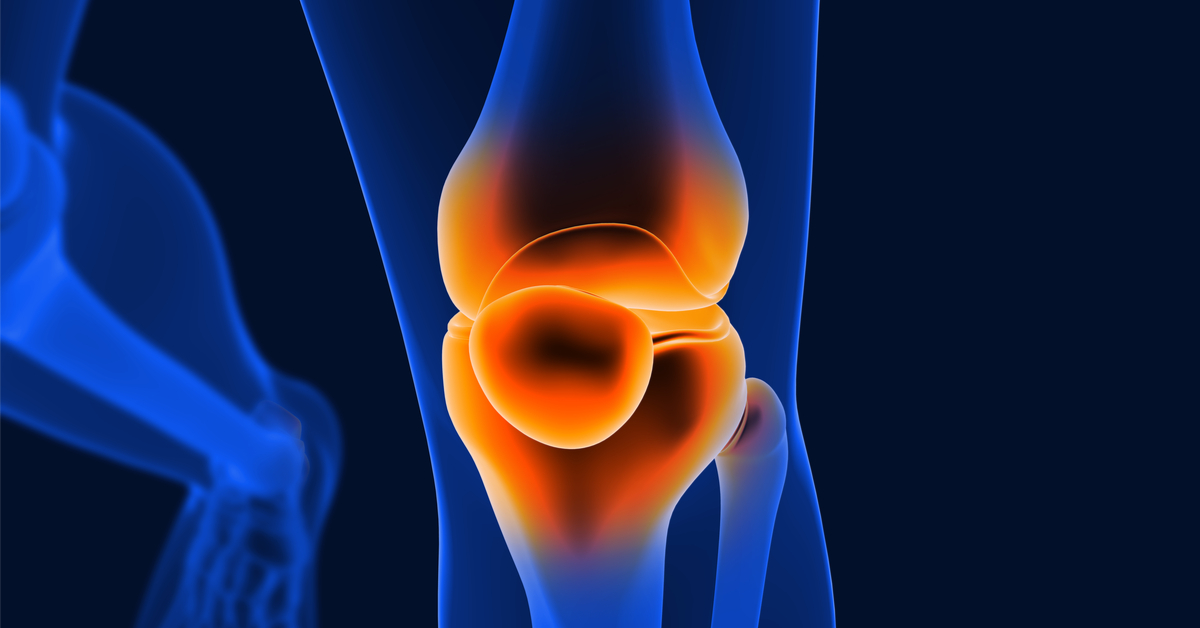What is the cause of cartilage disease?
There are many reasons for a herniated disc that affect the body and movement, whether in walking or bending the back, and we explain to you in the following detailed information regarding a herniated disc and its causes.

What is the cause of cartilage disease?
Cartilage disease or herniated disc is considered a disease related to aging and advancing age, but it has recently spread among young people and young people, especially from sports practitioners such as football or weightlifting.
Symptoms of a herniated disc
- Having pain in the lower back.
- Stiffness in the vertebrae, especially the last part of the back.
- Inability to walk normally.
- Having pain in the back bend.
- Numbness in the lower extremities.
- Numbness in the arms and hands.
Causes of a herniated disc
- Aging and the onset of cartilage atrophy.
- Weight gain affects the vertebrae.
- The presence of a genetic history of herniated discs in the patient’s family.
- Having congenital problems in the spine.
- Sitting incorrectly for long periods of time.
- Back injury.
What are the degrees of herniated discs?
There are a number of degrees of a herniated disc that occur gradually in the injured person, causing pain when moving between sitting and standing and also when bending, and there are 4 degrees of a herniated disc, including the following:
- Disc rose stage: A herniated disc can occur initially as a bump that affects the disc in the back and thus causes pain in the back. The pain begins in the form of a slight tingling in the back.
- Disc prolapse stage: In this stage, the herniated disc begins to appear more and the nucleus inside the cartilage protrudes and causes it to prolapse, but the fibrous ring is not affected.
- The nucleus exit stage: the fibrous ring begins to break off, and part of the nucleus comes out of the disc and begins to become inflamed and cause pain to the injured person.
- Disc isolation stage: In this stage, the nucleus pulposus can come out and the fibrous ring separates from the herniated disc.
Cartilage injection damage
Cartilage injection is one of the methods of treatment that increases the chances of safe treatment, but sometimes complications occur for cartilage injection treatment, including:
- The sensation of headache.
- A drop in blood pressure.
- Damage to the nerves adjacent to the cartilage.
- Difficulty controlling the bladder.
- Muscle spasms can sometimes occur.

